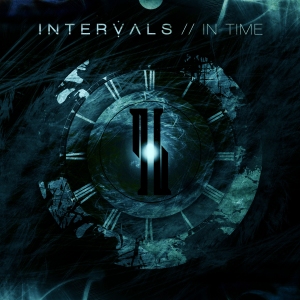Okay, so I think it’s about time I ventured over to the heavier side of music. I’m not always in the mood to listen to something aggressive and/or with heavy distortion, but when I am, I’m ready to RAGE. Throughout many of the formative years of my youth, I satisfied this desire by listening to heavy metal music – everything from Dream Theater to Periphery, from Avenged Sevenfold to Sum 41 (my punk rock phase directly preceded the heavy metal phase). Once I started going to college, I was exposed to heavy electronic bass music (Zomboy comes to mind), which fulfilled the same need for chest-pounding, head-banging jams. Having established all of that history, you can imagine my delight when I first discovered The Algorithm, the musical lovechild of metal and dubstep. I can say, without a doubt, that Rémi Gallego (the man behind the moniker) has one of the most unique sounds that I’ve ever been exposed to. Basically, he combines modern djent metal breakdowns with experimental glitch electronica, and throws an ample helping of dubstep wobbles in there for good measure. Okay, now read that sentence again. Intrigued yet? Let’s continue then.
https://audiointimacy.files.wordpress.com/2013/04/02-bouncing-dot.mp3%20Building a bridge between heavy metal music and electronica is a daring move, no question. Although you certainly have the potential to appeal to two huge audiences instead of one, you also run the risk of polarizing the entire playing field. Mashing together two styles with entirely separate fan bases may lead to both groups rejecting you. I could definitely see such a thing happening, but only if the artist wasn’t very well-versed in both styles. One listen to Polymorphic Code (The Algorithm’s first and only studio album), and it’s obvious that we’re dealing with a highly skilled musician.



